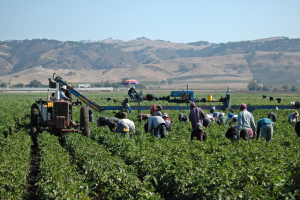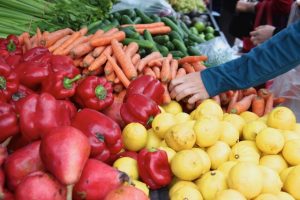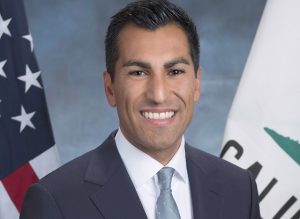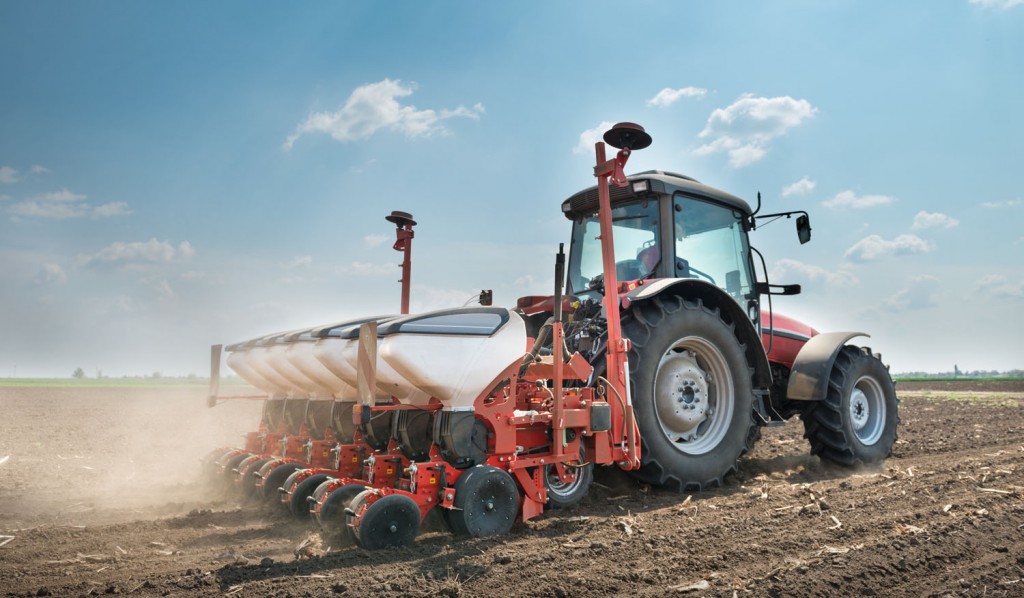
Perspectives on 21st Century Agriculture by a Member of the Sustainable Food Movement
March 7, 2014 Michael R. DimockGood morning! It is joy to be with you this morning to engage in the most critical issue of our times and the topic of this conference: “Sustainability, the Way Forward.”
I am hear to share my perspectives on sustainable food and agriculture. The whole concept of sustainable agriculture and food systems is fluid and evolving, but there are definite stakes in the ground that may be taken as signposts to be followed.
I recognize, as I am sure you do, that this lack of clarity around sustainability can be frustrating for people who must deal on a daily basis with earthbound realities on the farm or ranch where market rules, regulations, finances, and long-held perceptions create a powerful framework guiding action.
So in the time I have, I hope to describe why I think the concept of sustainability provides a great opportunity for California’s farmers and ranchers and all people who depend on this state for nutrition and health.
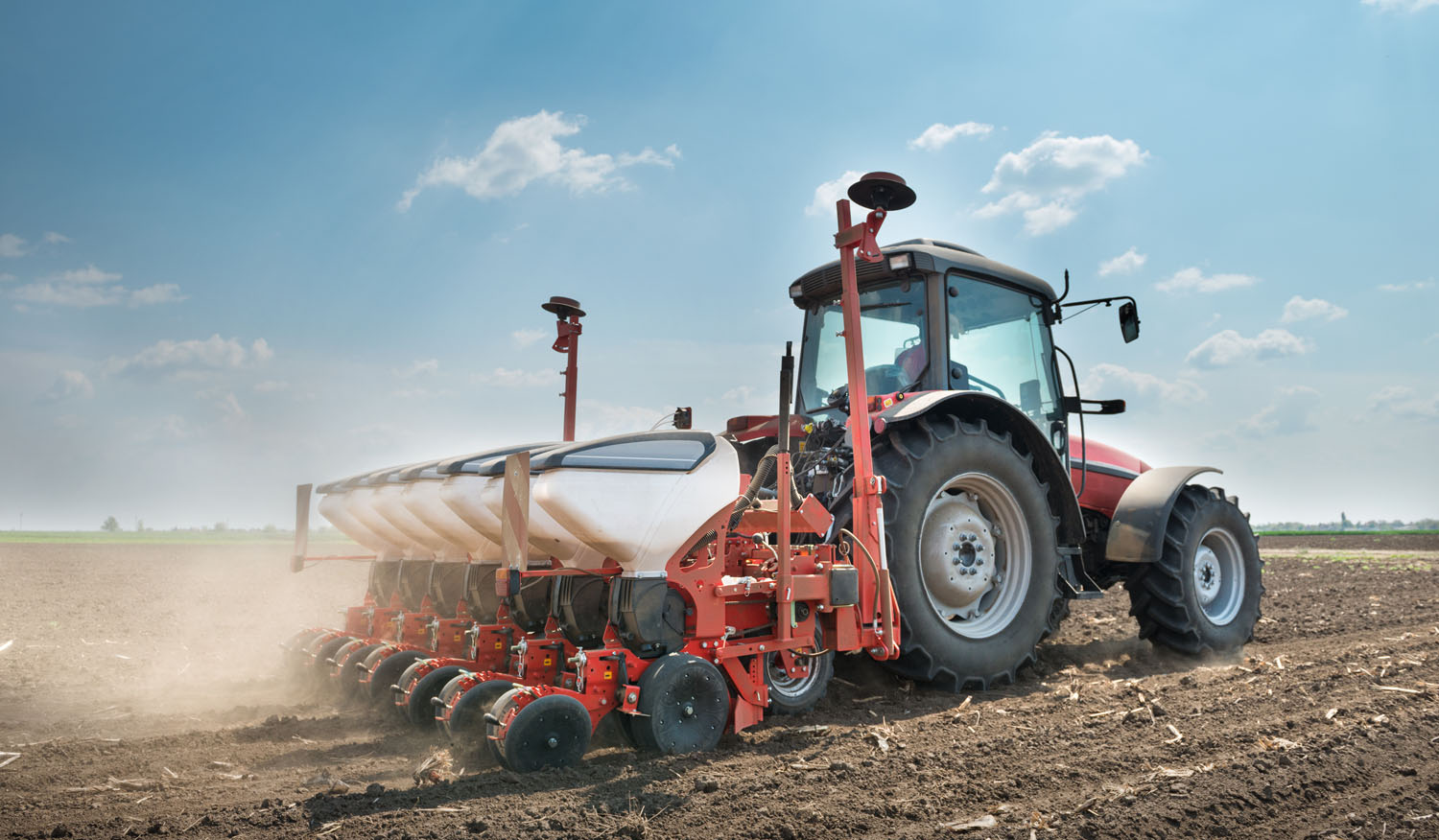
Let me begin with my thesis: in the last 100 years, the people and leadership of this nation have lost their focus on agriculture as our perception of producers moved from being the foundation of community to being a source of cheap food. This transformation in perception does not reflect agriculture’s fundamental role as the basis of civilization and it in fact threatens the future of California agriculture and civilization itself.
The emerging crisis related to energy, food, and climate change provides the opportunity, the necessity actually, for agriculture and the food system to reemerge as a fundamental force in the collective consciousness of our state and nation.
I firmly believe that this opportunity will be most constructively realized if farmers and ranchers proactively align themselves with the rapidly growing public interest, as reflected in the sustainable food movement, by positioning themselves as a primary solution to many problems faced today.
Let me pick apart my thesis with some information and definitions that may help clarify what I am talking about.
I asserted that the nation has lost connection with the meaning and importance of agriculture. So let me give you some evidence.
- In 1900, farmers made up 38% of the nation’s workforce.
- In 1908, President Roosevelt established the Country Life Commission to study the challenges to farm women and the difficulty of keeping kids on the farm.
- Between 1900 and 1920, nearly 2 dozen major, groundbreaking bills were introduced and passed in the Congress related to assisting farmers, ranchers and rural communities.
- In the same period, the Farm Bureau, California Fruit Growers Exchange and a multitude of other producer associations were formed and agriculture reached its peak as a percentage of the nation’s export value at 45%.
- Even as late as the 1930s, federal law related to road building focused on providing “farm to market transportation.”
- And of course almost everyone in the nation was connected directly by family or friend to a farm or ranch. In a nutshell, the nation was investing in the success of the agricultural sector.
We were committed to creating a framework for its full development in ways that benefited millions of people and thousands of communities.
Now if we look at the last 30 to 40 years, the nation’s focus on agriculture has been quite different.
At both the federal and state level, it has been primarily about the societal problems or challenges that our agriculture and food system has become enmeshed in:
- Toxic chemicals on food
- Pollution of water and air
- Animal abuse in factory farms and over use of antibiotics
- Farmworker compensation, health and safety
- Food borne illness like e coli or listeria
- Debate over GMOs
- Processed food and obesity
- Excessive subsidies.
This news is mostly about fights, struggles and problems! When there is good news it usually relates to organic, local, and high quality food, mostly produced on small farms and ranches, great chefs and farm to table restaurants.
What does this tell us? I would posit that it tells us that the system we have in place has internal contradictions that must be resolved. Expectations among food producers and the public are not in sync.
Let’s explore this a bit. I want to begin with the word “commodity” because its usage indicates some of the problem.
Here is the definition from Merriam-Webster:
1: …an article of commerce especially when delivered for shipment: a mass-produced unspecialized product… 2: …convenience… 3: …quantity… 4: a good or service whose wide availability typically leads to smaller profit margins and diminishes the importance of factors (as brand name) other than price . 5: one that is subject to ready exchange or exploitation within a market.
I think the term’s usage reveals a mindset that our nation has adopted. Its common usage corresponds to phrases I often hear when speaking with farmers or their representatives: “farming is a business” or “agriculture is an industry.” In this framework farmers and ranchers provide commodities as inputs into the industrial food system.
I believe this is a dangerous reduction of agriculture’s importance. Yes, agriculture is a business, and, it is also the basis of life and the underpinning of civilization, both of which have huge implications.
Undifferentiated commodities are what kill the economics of farmers and ranchers, particularly in a global economy that does not offer an even playing field. US producers, and particularly California’s, must live with more costs related to societal expectations around health, environment, and standards of social justice. The reduction in meaning of agriculture to a source of commodities, i.e. cheap food and fiber, has pushed food producers into a race to the bottom.
Producers are caught in multiple layers of contradiction:
- Cheap food in a society with high standards.
- Impacts from globalization and urbanization, where global competition drives prices down and the need to mitigate impacts on the urban fringe drives costs up.
- Expectations for rapid and high return on investment from capital markets and slow and low returns on investment in the farming sector.
- The largest and richest farmers feed the poorest people and the smallest and poorest farmers feed the richest people.
- The minority of farms feed the most number of people and the majority of farms feed the least number of people: in California 10% of the farms produce 60% of the food.
What is to be done?
This brings me to the second piece of my thesis.
The crisis of sustaining human civilization in a world of peak oil, global climate change, water and food scarcity, and peak population provides a context for agriculture to regain its rightful role as a core element in our national identity. We are by virtue of our environment a food-producing nation.
By becoming a solution in the effort to become a sustainable civilization, agriculture will move back to the center of human consciousness, social and political discourse. It will again be a primary focus of public and private capital investment and policy formation. It will win the required long-term commitment from the communities and institutions that are urban based and which rule the nation via votes and wealth. And in fact this process of moving back into the center of things has begun. This conference itself is evidence that that agriculture and food systems are moving back to the center of social and political discourse.
But to fully regain this spot and to be perceived in a more positive light will require a change of mind set and in behavior from mainstream agriculture. It will also require changes from the food movements activists, urbanites and eaters.
What realities underlie this possibility, which I claim exists?
Agriculture is the ground zero of humanity’s entry into the biological age. Farmers, farm workers, and ranchers are actually in more physical contact with the earth and its natural systems on a daily basis than any other sector of society. They are the human interface with nature.
We are learning from research and innovation by producers (organic, conventional, and those in between) that economically efficient farming and ecologically regenerative farming are intertwined. Natural systems, the balance between beneficial insects and pests for instance, can be leveraged in order to minimize inputs, human intervention and investment of money, of time, energy and materials. By introducing beneficial insects into an orchard, vineyard or field, a farmer can eliminate or minimize the use of chemicals, saving money and reducing risks, which can lead to extra costs. By using cover crops that fix nitrogen, and adding artificial nitrogen a exactly the right moment, farmers can greatly reduce use of nitrogen fertilizers, which leach into ground water causing huge pollution problems.
This not about old, pre-industrial techniques being reintroduced, it is about understanding natural systems more deeply in order to find points of leverage that allow optimum stewardship of those systems in order to minimize human interventions that cause pollution or disruption of biological and mineral cycles that sustain life.
This reality, this discovery, gets us to the issue of defining sustainable. I will keep it simple. Sustainable is not a specific state, but it is a process, a way of thinking that alters behavior and practices over time as we integrate new learning.
It is about ensuring that our actions today do not degrade our ability to continue creating food and fiber from the resource base for as long as we hope humans will live on this planet. Furthermore, let’s admit that this will require a very long discovery process to find our way to a place that we can honestly declare as sustainable. I would posit that we as humans have always been in that process of discovery, but now we have experience, science, and language that allows us to go to another level. And we have evidence that our current system is overtaxing the resource base at many points within the system, so we must accelerate our evolution of the system beyond all precedent.
The same principle can be applied to human resources by the way; it is not just about soil and water. It is also about how we structure our relationships with those working in and benefiting from the system.
We must find a way to keep a labor force in place, satisfied, productive and healthy. We need farm workers who will remain in farming and not head to “better” jobs in construction, retail or food service. This requires increasing our respect and remuneration of food chain workers from farm to table. We also need young people like you in the system born in this “biological age” who will replace those retiring from the field that were born in the industrial age. We need to create a context for attracting and retaining large numbers of young people back on the farm. This is an immense challenge that is at the core of agriculture’s sustainability.
So sustainable agriculture is about environmental and social challenges being resolved, but obviously it is also about economics. To solve the economic challenge requires important social, political, and market changes. This brings me to perhaps the heart of the issue, what I will call the integrating factor.
I started by talking about the loss of the nation’s attention on agriculture and food production. There is another lens with which to view this problem. It is what we might call the bifurcation of urban and rural. It is a cultural divide, with dynamics also apparent in situations of ethnic prejudice and racism. Those working in agriculture or for the future of agriculture are in the minority. Therefore, they feel fear about their survival. Volatility is high among many farmers and ranchers when it comes to policy issues. They often feel they have little political power. Evidence is emerging everywhere that in fact their power is waning vis a vis other interests, like healthcare, sustainable agriculture, labor and food justice, local economies, which together are the core concerns of the food movement. The last farm bill fight, showed significant cracks in the armor of industrial agriculture and food. If farmers, ranchers and big food companies want to regain a sense of control, or at least lower the sense of threat to their destiny, they must have allies.
There is an opportunity for deep alliance building. It lies in the possibility that agriculture, farmers and ranchers and their representatives, will move past their resistance of urban people and institutions that are seeking a sustainable paradigm for food production. Forgoing resistance would be the strategic means to regain influence in the nation’s life.
Such a new relationship – an alignment — requires changes in thinking and in behavior from all of us involved.
First, those of us in the food movement cannot only demonize agriculture. Rather, we must clarify what we’d like to see and show our commitment to actions that will support farmers and ranchers. This is important because as I said, the current policy battles, the majority of media coverage, and community fights frame agriculture as a source of problems.
Roots of Change and many of our allies, including members of the California Food Policy Council, believe that agriculture is the linchpin in the effort to become sustainable and thus is essential to the future of cities. Most of us forget that cities die very quickly without food, without water, without energy, all of which come from the countryside.
And agriculture dies without investment, markets and good policies from the cities. The two are interdependent and we must begin to talk about this as a culture. The world food crisis, which will likely grow to epic proportions over the next 10 to 20 years, provides a teachable moment, an impetus for momentous change.
Imagine if farmers and ranchers declared themselves fully committed, without reservation, to production systems that eliminated or minimized the use of hydrocarbons, toxic chemicals, and ceased using other methods that people fear and that make headlines. And this not a pipe dream. Sonoma County grape growers have done this recently. In fact the wine industry as a whole as declared a focus on sustainability. The rice and almond industries are moving right along with wine. All of California’s agriculture and food sectors could do the same if they chose to. Imagine then that producers challenged the rest of the population to support their efforts with good policy and public and private capital. I would like to see that happen. I would like farmers to call on the food movement to put up or shut up.
No matter what food producers decide to do about sustainability, urban populations are waking up to what is real in the world. They are increasingly malnourished in the form of obesity, concerned about energy, concerned about food (sources, quality and price), and environmental challenges like climate change, drought, wild fires and storms. They want action; they need good stewards to ensure a healthy life for their kids and communities. They will increasingly demand it and they will eventually get it as the challenges intensify.
The question in my mind is how can we minimize the pain and frustration for food producers, how can we make this imperative transition to sustainable systems more palatable and orderly.
I beleive it has to do with changing our policies from subsidy to ensure profits to payments for ecosystem and other societal services that go beyond just delivering food and fiber. If we want to continue enjoying low food prices, farmers must receive public revenue for being the interface with nature. There is a whole host of ways that could be done, but my time has run out.
So in closing, I want to take us back to this troublesome word “commodity.” I believe that when the farmers and ranchers, when the policy makers and bankers, and when the eaters stop using the term commodity because they understand how it reduces farmers and ranchers to cogs in an industrial system, it will be a sign that we are finding our way to a new paradigm for food and farming.
Our state’s and our nation’s food producers are the heart of the matter in many ways, the key to quality of life, and the bridge to sustainable civilization. And I thank all of you for your interest in creating a sustainable agriculture and food system and for your decision to study the subject.
Thank you.
